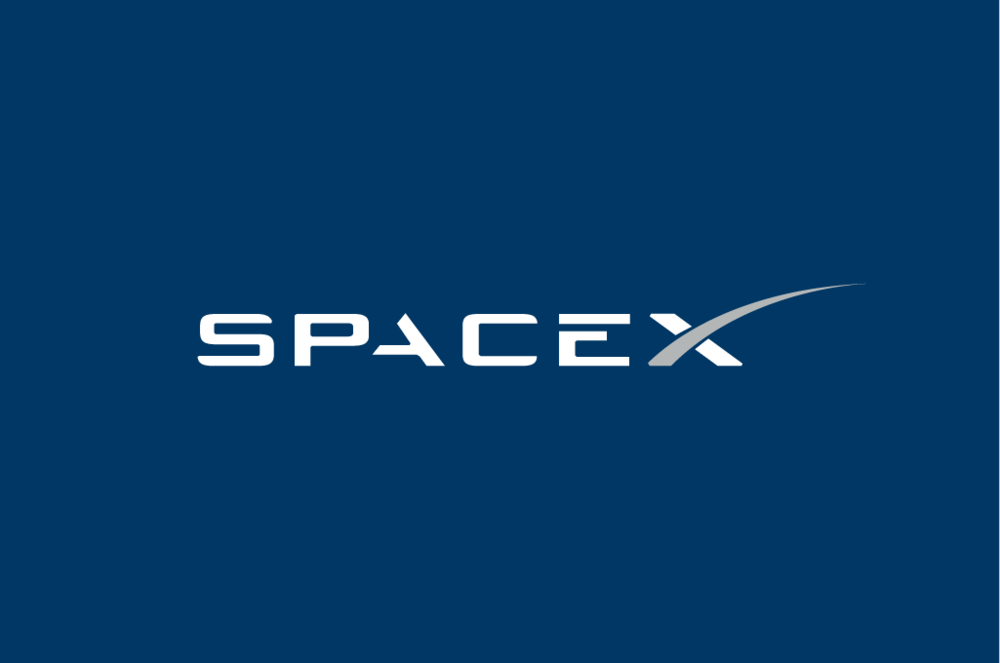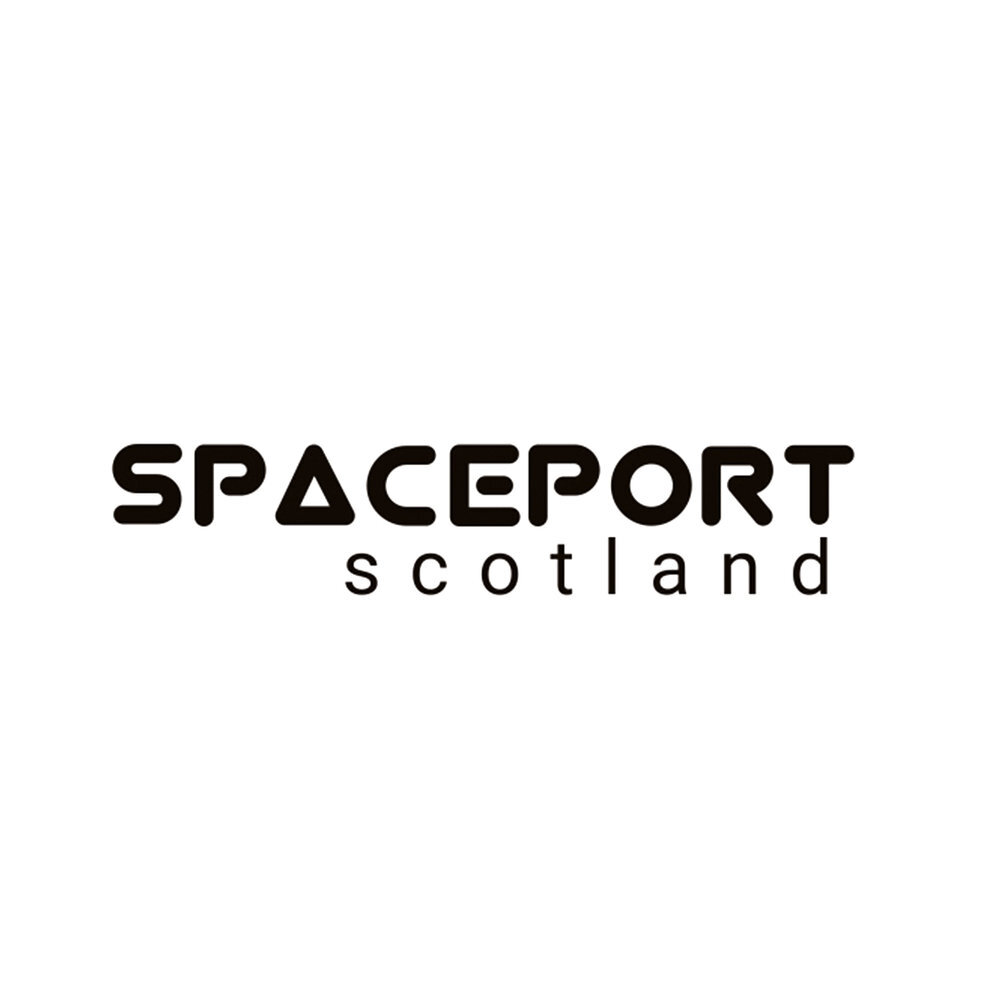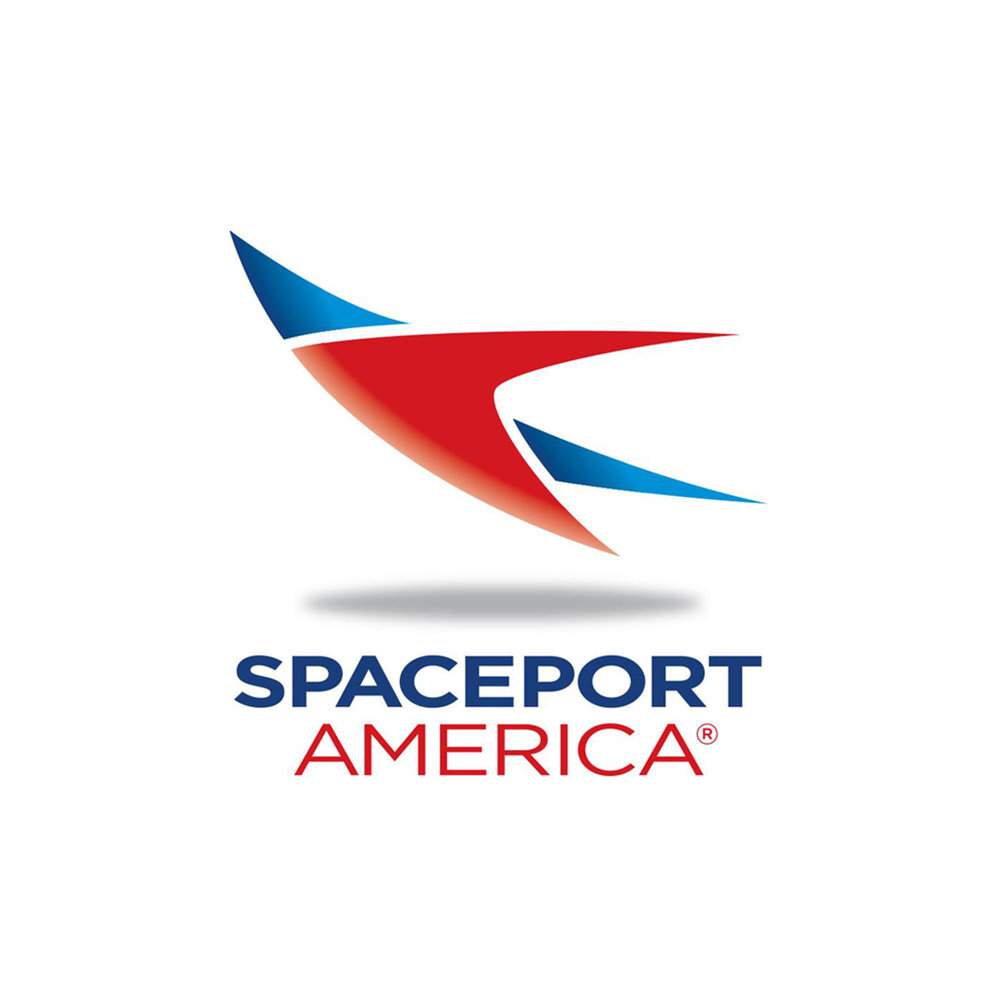Branding’s final frontier: Shaking off the sci-fi clichés to deliver brand attitude at high altitude
Since the 1950s, space exploration has captured the minds and imaginations of the masses. It has permeated everything from the design aesthetics of fridges, caravans and even buildings to film, TV and music. Actually going into outer-space was heroic, insanely dangerous and so monumentally expensive that only the largest states could attempt it. To become an astronaut required superhuman reaction skills, elite physical fitness and years of training. People could only look up at the moon and dream (or turn on the TV and tune in to the latest episode of Star Trek).
The rockets that were launched were always a vehicle for national propaganda, as well as pioneering humans. From the American flag on the moon and NASA’s rockets, to the iconic images of the USSR’s Yuri Gagarin.
The iconic Yuri Gargarin, the first man in space (1961) and Neil Armstrong, the first on the moon (1969)
A new era of space travel
Fifty years later, space travel is opening up to the human race, thanks to a handful of eccentric billionaires. If you have a spare $250,000 you can buy a ticket for a suborbital flight on Richard Branson’s Virgin Galactic. $20 million will get you to the International Space Station and back, like pioneering space tourist Dennis Tito with Space Adventures. For $70million, you can buy a seat on a SpaceX voyage to the moon and back. Japanese billionaire, Yusaku Maezawa has just become the first man to do the latter, allegedly buying six seats. Not all of these companies have actually completed a manned voyage, and the launch dates keep shifting further and further into the future.
Battle of the brands
Despite the high ticket price and lack of a definitive launch date, there is no shortage of paying customers. Richard Branson claims his Virgin Galactic waiting list has 80,000 potential tourists signed up, the first 700 of which have already paid their ticket price in full.
Virgin Galactic is proving that there is a market of wealthy space explorers and whilst the price tag doesn’t seem to be putting many off, Amazon founder Jeff Bezo’s Blue Origin are allegedly going to offer an even cheaper ride at a mere $200k. At a relatively similar price point, branding is going to play a large part in both company’s marketing strategies.
Virgin understands this and back in 2009 enlisted branding agency GBH to design their brand identity. The logo features a hyper-detailed image of Branson’s own iris, which doubles as a solar eclipse, selling the brand as a life-changing and perspective altering experience. GBH explain:
“Virgin Galactic celebrates this undeniable urge, in the vision of humanity to explore beyond our reach. The Iris is Branson’s own, the DNA of Flight is that history, begun by the bravery of Icarus.”
Conceptually, the brand succeeds. Visually, the decade old design feels already outdated, failing to capture the timeless quality that the NASA logo does so effortlessly. In contrast, all the other Virgin brands are known as challengers in their sectors. Airline Virgin America for example, achieved this by making flying all about the experience at a time when competitors focussed on no-frills. A simple feather-light logotype paired with charming plane names (like California Dreamin’) and bright playful illustrations ensured the brand stood out. Unfortunately Virgin Galactic fails to emanate this challenger brand spirit (their latest rocketship is called Spaceship Two) and instead sits alongside tired sci-fi clichés such as NASA style typography and a cold scientific brand language.
Blue Origin does things differently. The evocative name allows the logo to be more functional featuring just a bold electric blue condensed typeface and feather illustration – perhaps hinting at the weightless, zero G experience offered. Their rocket names are more engaging with titles like New Glenn and New Shepherd, hinting at the next step in the human narrative.
However, the award for best names goes to SpaceX, owned by Tesla/Paypal founder Elon Musk, which gave the name BFR (Big ‘Falcon’ Rocket) to it’s latest spacecraft, though Musk insists the ‘F’ stands for something different.
Personality clash
Looking at today’s dominant companies, it’s safe to say they all have one thing in common. They reflect their billionaire founder’s egocentric personalities. Musk’s SpaceX is boastful and overly masculine, Jeff Bezo’s reassuring quiet confidence filters through Blue Origin and Virgin Galactic ups Branson’s ego by using his own iris to represent an earth-like planet.
This is restricting and preventing them from effectively redefining the space travel narrative for the 21st century. As space tourism expands these brands will need to become more about consumer experience rather than the founders themselves.
Gateway to another world
Space tourism is big business. The Federal Aviation Administration predicted that it could become a billion-dollar market by 2030, but sales already reach over $2billion.
Closer to home, four new spaceports in Cornwall, Wales, and Scotland are in the pipeline which are expected to be worth £3.8billion to the UK economy, bringing with them thousands of skilled jobs.
They follow in the footsteps of Spaceport America, the world’s first purpose built commercial space hub. However, looking at the branding you’re more likely to associate it with a small regional airport rather than a gateway to other planets. The same can be said about the current Spaceport Cornwall and Spaceport Scotland identities. Both lack any sense of excitement and emotion that should come with traveling to the outer reaches of Earth. Instead they sit comfortably alongside East Midlands Airport’s uninspiring identity with abstract swooshes and that familiar clichéd sci-fi typography.
“A fresh take on the visual language of space is needed in order for brands to align with this sentiment. It’s safe to say ‘the future’ today looks the same as it did in 1977, with the same typographic treatments and visual metaphors”.
– Henry Brown, Senior Designer, Lantern
Buying an experience, not an ego
Currently, space tourism belongs to the richest members of society but as the price comes down, new customer groups will enter the market. Rather than millionaires, less wealthy tourists will be spending life savings and inheritance on a once in a lifetime experience. These people will be more receptive to customer service and how it’s communicated through branding and marketing.
There’s no denying that the current race for commercially viable space travel is primarily technical. But as each company competes for talent and skilled expertise as well as future customers, branding and marketing can’t be overlooked. It is down to each brand to shake off and live beyond their founders personalities and appeal to wider audiences outside the billionaires club. And just as airports compete for airlines, the battle between spaceports for space operators will too. Not to mention the countless number of pre-flight space training bootcamps, equipment brands and hotels that will spring up to compete for a share of the market.
Avoid the clichés
Life-changing experiences enable you to see things with a new perspective and a fresh take on the visual language of space is needed in order for brands to align with this sentiment. It’s safe to say ‘the future’ today looks the same as it did in 1977, with the same typographic treatments and visual metaphors. Just as airlines evolved their visual language to reflect the experience, so should space tourism.
It’s clear that a fresh narrative for the sector is needed to match the excitement, optimism and emotion in space travel. Attitude led messaging is largely missing from the big name brands – surely speaking in a human way is vital to selling the ultimate human experience?
Space travel is truly mind-blowing, from experiencing weightlessness and flying over the earth at several km/second to witnessing all the continents in a blink of an eye. It is said that seeing the earth from orbit can change your perspective on life, bringing grown adults to tears. It is this emotion and sentiment that the leading brands are failing to capture. Ed White said of his pioneering spacewalk in 1965, “I’m coming back in… and it’s the saddest moment of my life”.


















